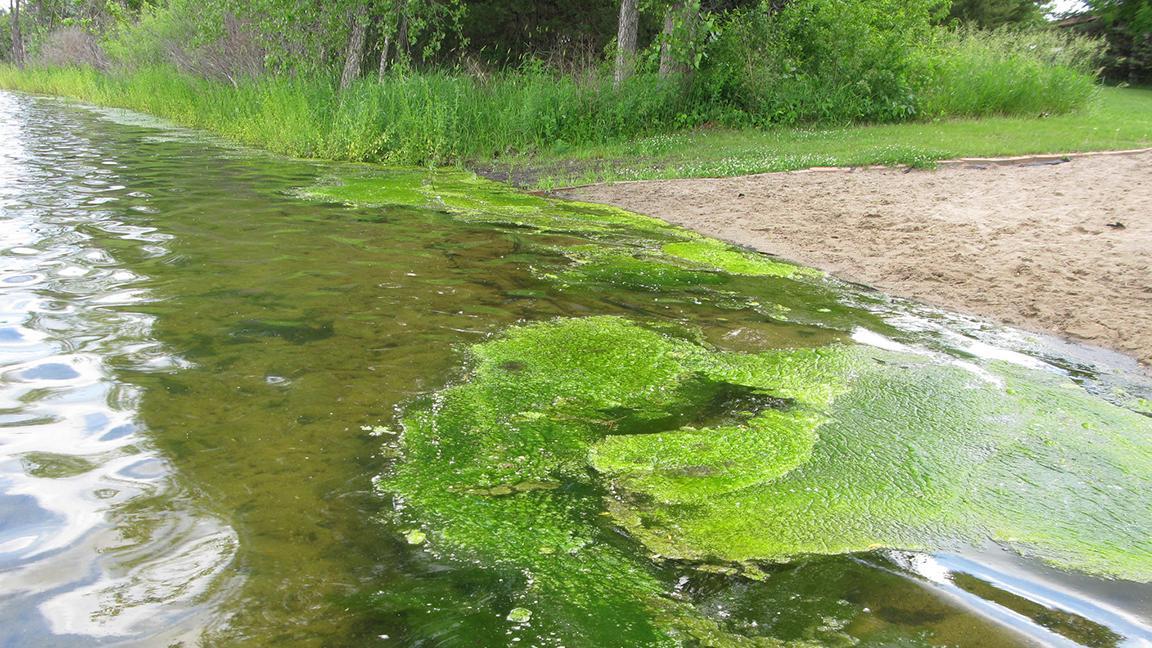
Dr. Cody Sheik, Associate Professor of Biology and researcher with the UMD Large Lakes Observatory (LLO) is collaborating with researchers from the Great Lakes Environmental Research Laboratory (GLERL), the University of Michigan, the University of Toledo, Oberlin College, and the University of Kentucky to investigate the synergistic impacts of acidification, temperature, total alkalinity, and nutrients on toxic cyanobacteria harmful algal blooms in the Great Lakes. The research is funded by the National Oceanic and Atmospheric Administration (NOAA).
(Much of) Sheik's work will focus on understanding how cyanobacterial species, like Microcystis spp. or Dolichospermum spp., will respond to Earth's future climate. Sheik and others on the grant will be using a blend of growth experiments, real-time monitoring, and data mining to describe current cyanobacterial bloom-forming species in Lakes Erie and Superior. Furthermore, he and his colleagues will use paleo-reconstructions to measure how Lake Erie's cyanobacterial populations have changed since the industrial revolution.
Sheik states, "Because of rising global temperatures, cyanobacterial blooms are increasing in intensity, duration, and toxicity around the world. My colleagues and I are very interested in understanding what blooms around the Great Lakes will look like 10, 20, or even 50 years from now. This funding will provide us insight into how cyanobacterial populations in lakes change over time and importantly how toxin-producing cyanobacteria like Microcystis, will respond to increasing temperatures and carbon dioxide concentrations that are predicted from climate models."
Header image: photo of harmful algae from the Minnesota Pollution Control Agency.
